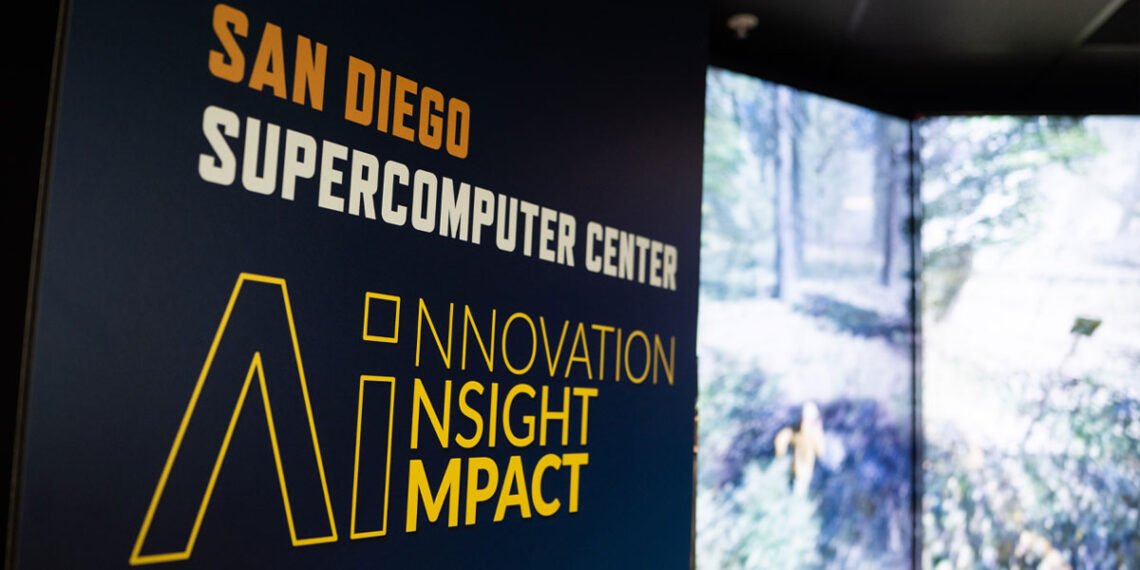San Diego Supercomputer Center (SDSC) has announced the launch of its new Societal Computing and Innovation Lab, showcasing its commitment to fostering collaboration and innovation in the computing industry. This new lab will focus on bridging the gap between technology and society, creating a space for experts to come together and explore new ideas that can positively impact the world.
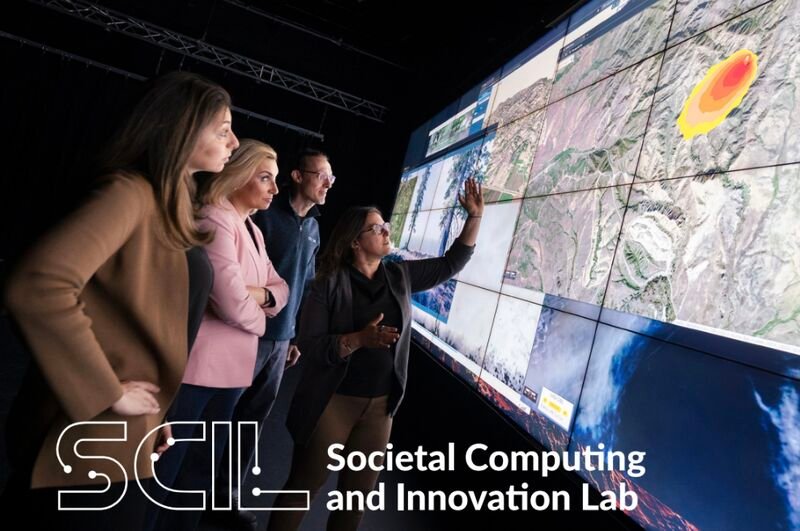
Key Features of Societal Computing and Innovation
The Societal Computing and Innovation Lab (SCIL), embedded in the San Diego Supercomputer Center, advances solutions to address societal challenges using data-driven approaches. Inspired by extensive research experience, SCIL transforms computational methods and artificial intelligence into tools for solving real-world problems. At its core, SCIL focuses on integrating technology, science, and human collaboration to develop impactful solutions.
Focus Areas of Research
SCIL’s research spans five primary areas, which are fundamental to its work:
- Integrated Workflows: Methods are designed to streamline complex processes across technology and societal applications.
- Composable Systems: Platforms enabling seamless functionality throughout the digital continuum.
- Digital Twins: Simulated models that replicate real-world systems for analysis and improvement, such as wildfire management.
- Knowledge Systems: Advanced mechanisms for collecting and using vast datasets effectively.
- AI Applications: Research focuses on creating agent-based artificial intelligence for scientific solutions.
Through these areas, SCIL builds solutions that scale and evolve to meet society’s ongoing needs.
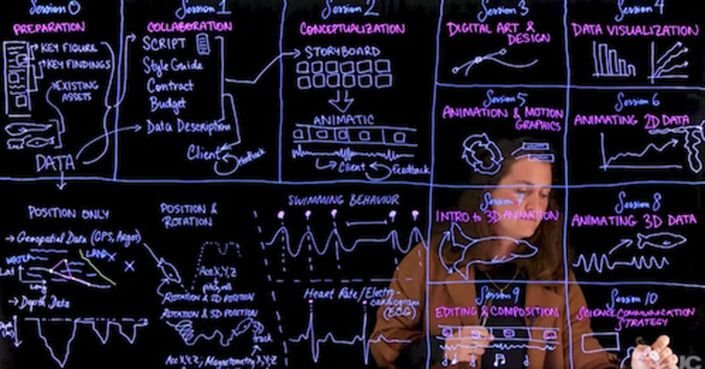
Collaborative Platforms for Progress
SCIL prioritizes the development of open, interoperable platforms designed to improve collective decision-making. An example is the National Data Platform, recognized for its contributions to science and innovation. The lab’s collaborative hubs also include the Quantum Data Hub, created through the NSF’s Quantum Foundry, and systems like the Wildfire Commons, which support disaster resilience efforts.
These platforms foster communication and decision-making among researchers, graduate students, and community partners while promoting societal impact across disciplines like social science and economics.
Visualization and Training at the Immersion Studio
The lab’s Immersion Studio transforms scientific data into vivid visual formats with applications in training, public awareness, and research development. It uses tools like virtual reality to present data simulations, including wildfire modeling or environmental analyses.
This hands-on space provides interactive features for students, experts, and decision-makers, creating opportunities for immersive experiences that bridge technical solutions with societal understanding.
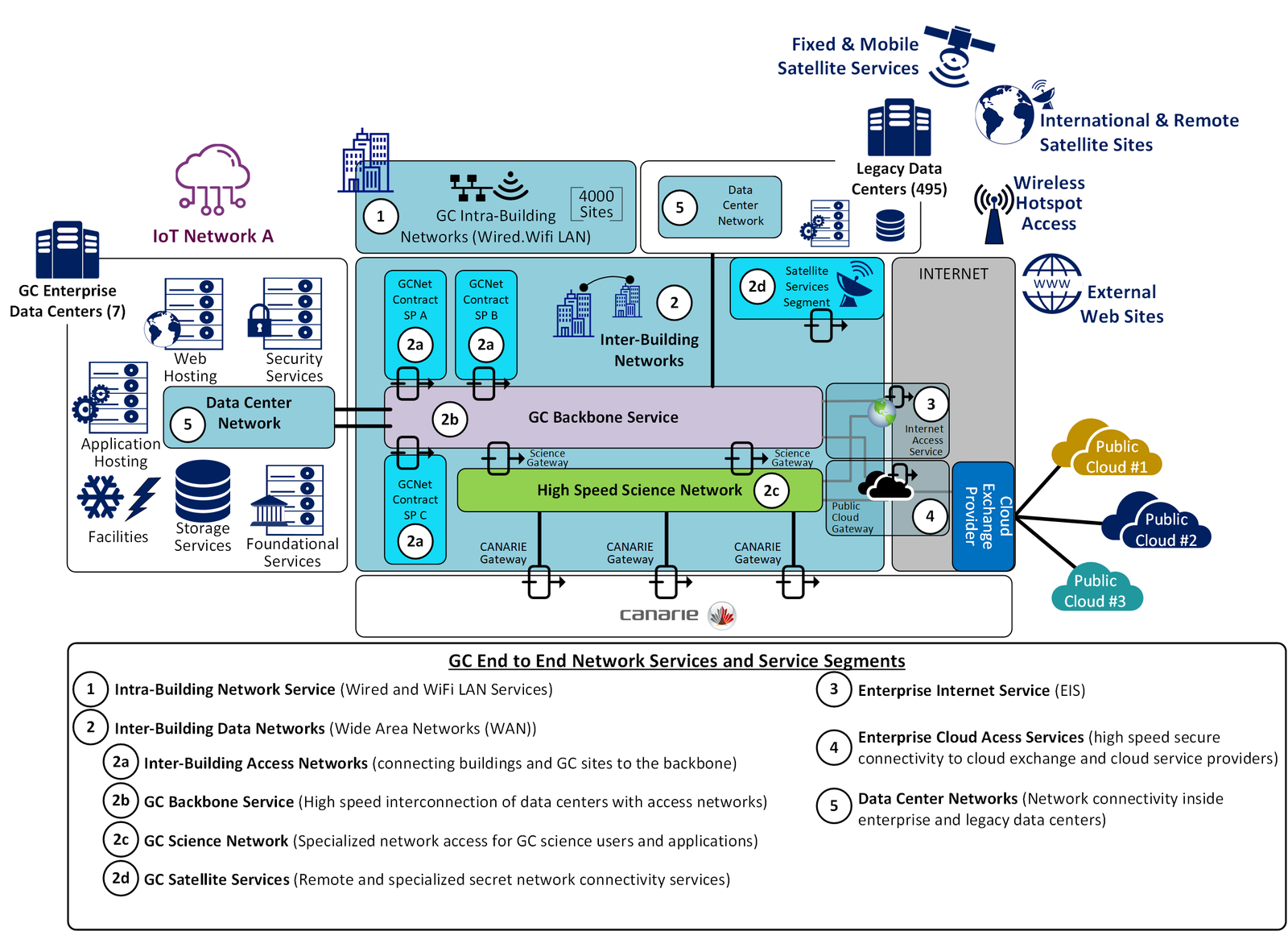
SCIL invests in education and innovation programs to train future leaders. Graduate students participate in activities such as collaborative research challenges, specialized data fellowships, and workshops. Programs like the CORE Institute offer experiential learning, developing skills to tackle wide-ranging societal issues, including privacy concerns and collective action challenges.
Partnerships and Funding
Supported by organizations such as the National Science Foundation, NASA, and the USDA, SCIL exemplifies collaboration across public, private, and academic sectors. Funding from entities like SDG&E and state agencies enhances the lab’s ability to scale initiatives, ensuring impactful contributions to national and global challenges.
Frequently Asked Questions

What are the shared objectives of social innovation labs?
Social innovation labs aim to address societal challenges by fostering collaborative environments. They encourage innovative solutions to improve community well-being, create equitable opportunities, and promote sustainability. These labs often focus on redefining problems, identifying root causes, and imagining high-impact interventions.
How do innovation labs drive societal progress?
Innovation labs contribute to societal progress by integrating research, technology, and collaboration. They apply creative approaches to complex issues and leverage digital tools, data analysis, and partnerships to develop solutions that positively impact communities on a large scale.
What approaches are utilized in societal computing to solve problems?
Societal computing employs interdisciplinary methods, including data science, machine learning, and systems thinking. By analyzing societal data, labs uncover patterns and trends that help decision-makers craft evidence-based interventions aimed at resolving underlying issues.
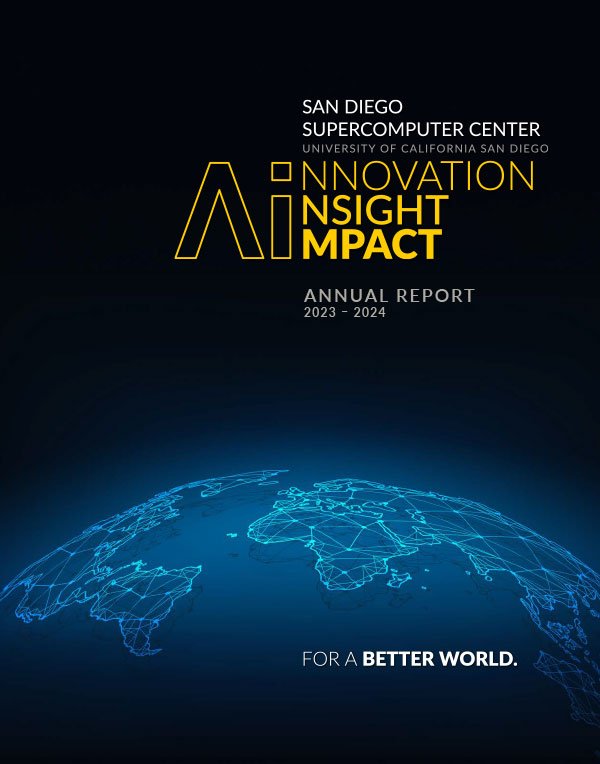
How do innovation labs work with stakeholders?
Innovation labs collaborate with a wide range of stakeholders, including governments, academic institutions, non-profits, and private organizations. Through workshops, open dialogue, and joint research efforts, these labs ensure that diverse perspectives are integrated into their strategies for addressing societal challenges.
What are examples of impactful projects created by social innovation labs?
Some labs have developed digital platforms to enhance citizen participation in governance, while others have created tools for public health monitoring. For instance, the Societal Computing and Innovation Lab develops pathways for data-driven solutions, addressing critical societal needs in areas like climate change and public services.
What obstacles do innovation labs encounter when applying new technologies?
Innovation labs often face challenges such as limited funding, resistance to change, and ethical concerns. Additionally, aligning cutting-edge technologies with societal values and ensuring accessibility for all populations can be significant hurdles in their implementation processes.




































